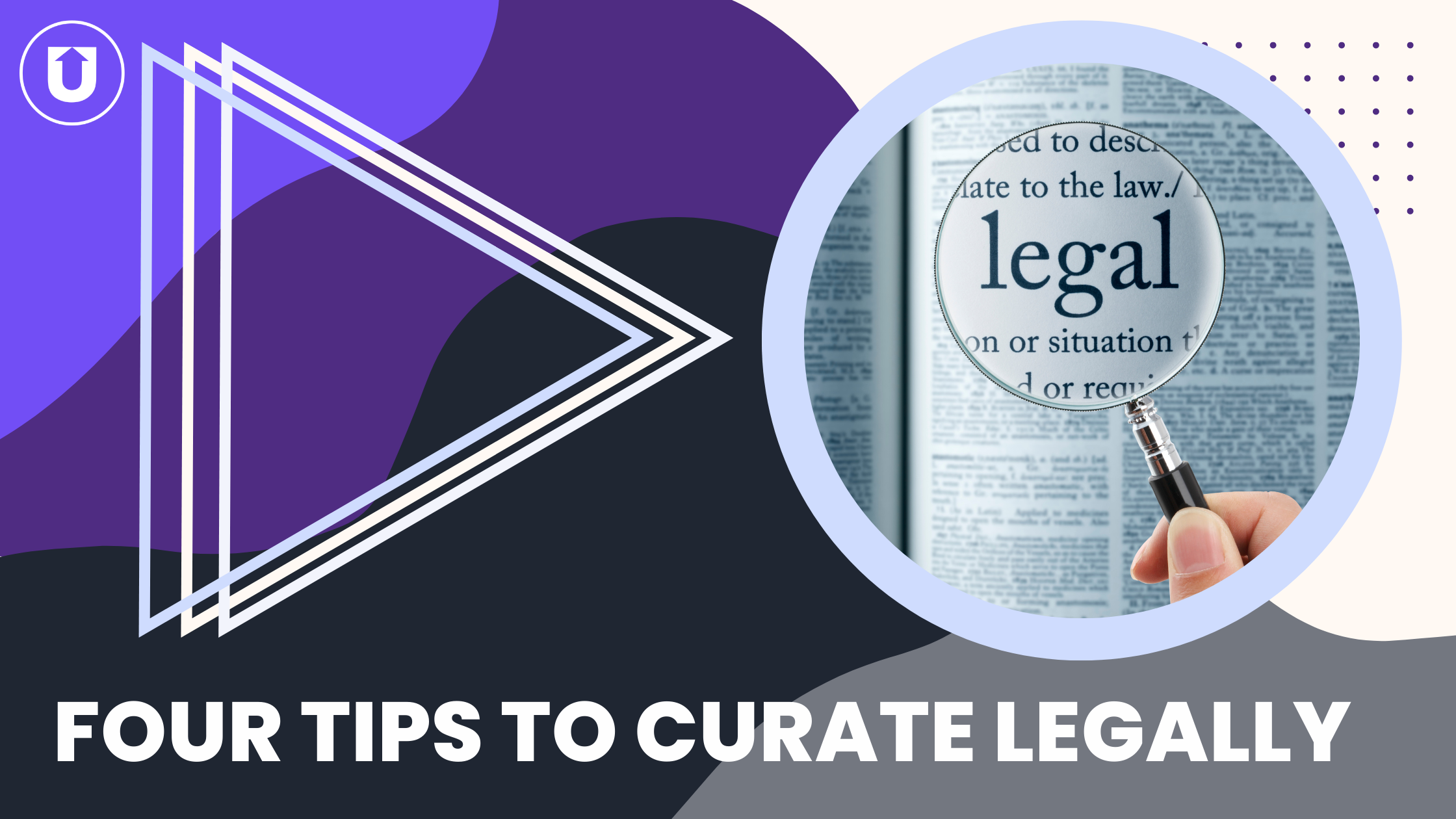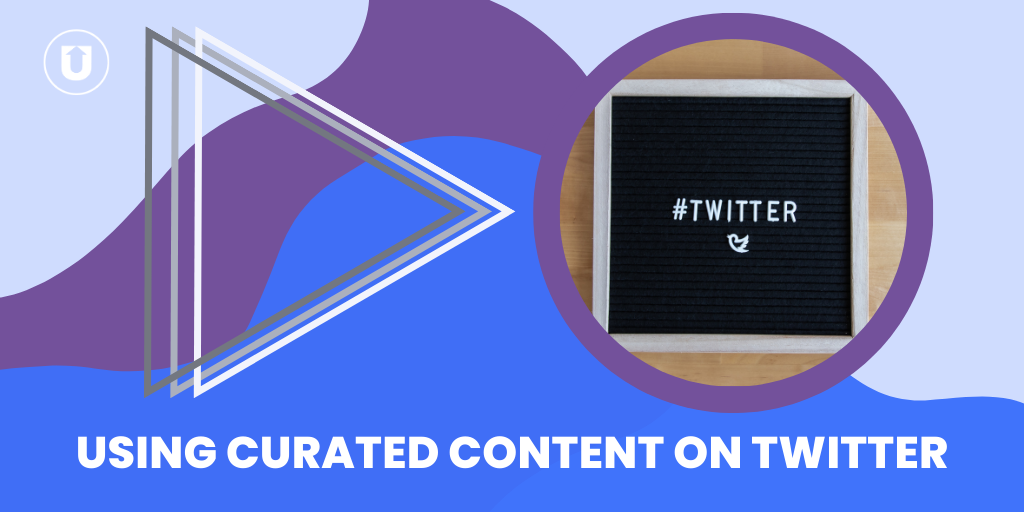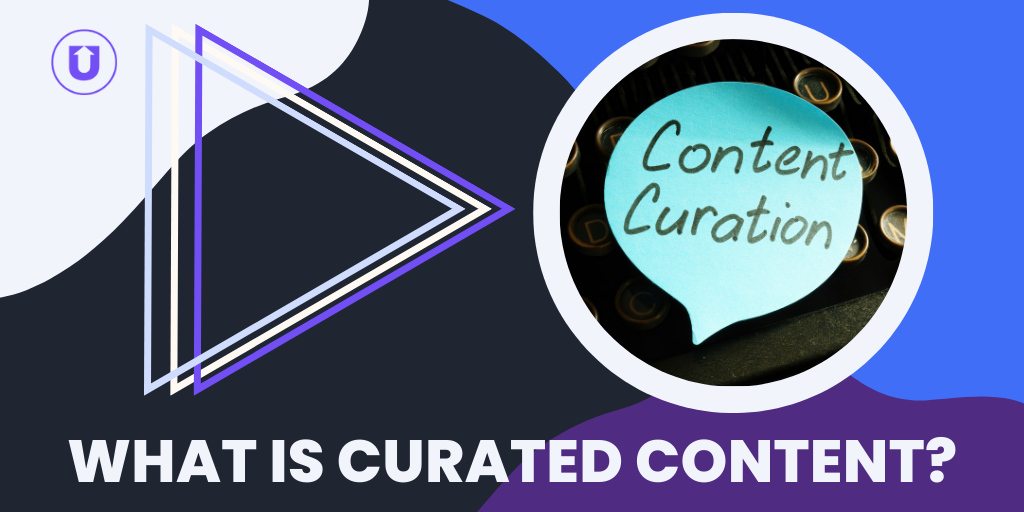Is Content Curation Legal? 4 Tips To Curate Content Legally

In grade school, we all learned that copying the work of the kid sitting next to us in class was wrong.
In elementary school, that was called cheating.
As we got older, copying turned into plagiarism, a very serious copyright issue that could have flunked you immediately.
In the content creation world, plagiarism has much more serious consequences.
You may be wondering if content curation is legal. After all, you’re using someone else’s content for YOUR content marketing strategy.
Our company wouldn’t exist if content curation were illegal, but we also make it very easy to ethically and legally share someone else’s content.
Hundreds of companies use UpContent (including law firms) to not only support and bolster their content curation efforts but also to do so and avoid any reason to receive a cease and desist (a fun little warning letter telling you to stop doing what you are doing).
Let’s talk about what content curation is and isn’t, and I’ll give you four tips on how to curate content legally.*
Is Content Curation Legal?
Yes, content curation is legal, and it's important to note what content curation is versus what content curation isn't.
When people get in trouble with the law, it's because they are not curating, but copying and publishing content as their own without proper attribution.
What is content curation?
Content curation is sharing relevant third-party content with your audience to provide valuable content while diversifying, and adding context to, your “voice.”
A curation strategy helps build trust with your audience by demonstrating that you are educating yourself by reading content from others, establishing you as a credible source.
Content curation typically falls under “Fair Use,” meaning you can easily share content created by others without worrying about legal action as long as you correctly attribute AND ensure that the original author receives value from your sharing of their work.
What content curation isn’t
Content curation is not copying and pasting an original article to your website.
While the republishing of someone else’s original work is possible through forming a financial relationship with the publisher or marketplace that has obtained these reprint rights, that is content syndication, not curation.
Using any piece of content created by someone else without permission or proper attribution is not content curation.
Content curation is also not simply an RSS feed you place on your website; that is technically content aggregation.
While the internet’s original purpose is for sharing information, created content is still protected on the internet by copyright laws (as it should be).
Four Tips To Curate Legally
Curating content legally and ethically isn’t that hard as long as you keep these guidelines front of mind.
1. Never Copy and Paste
Like I mentioned earlier, hitting Command + C is NEVER ok in content curation.
It is essentially looking over your friend’s shoulder for the answers to that Western Civ exam.
DON’T DO IT.
Just because you say that the original author wrote the content, they aren’t benefitting from the traffic on your website.
Even providing a link for someone to view the full article after you have already republished the full article (or even most of it) is still not the best practice.
If they can read the full article on your site, it’s still not enticing the reader to visit the original author’s site and thus not providing the creator any benefit.
Let’s say you want to copy and paste an article originally published by Forbes onto your website without paying the original publisher to host that article on your website.
In that case, you risk receiving a cease and desist letter or other legal action because there is no value being gained by the author or their employer in your representation of their work.
When curating content correctly, both you and the original author should benefit from the content shared.
When you share enough context to elevate the original piece to your audience and link to the original source - making it easy for the reader to discover the full work, you benefit by being the one to elevate the insights to your audience’s attention, and the author is “paid” by the traffic landing on their website.
2. Always Cite Your Sources
You just thought you could get out of correctly citing your sources once you graduated, huh?
Nope, it’s even MORE important now.
You should always provide a prominent link or a way to find the original content.
If you’re using content to support a piece you are writing, regardless if you are quoting or using anything directly, it’s best practice, and on the safe side of the law, to cite the original work.
You’re far less likely to be flagged for plagiarism, and most publishers are happy to receive the traffic from that link.
This can even be the beginning of a great relationship between you and that publisher who will be more likely to return the favor and/or explore opportunities for collaborating on original content.
Citing does not mean copying and pasting an ENTIRE piece from someone else.
Citing applies when using a section or portion to support a piece of content you are creating.
3. Share Context and Your Point Of View
Whenever you share an article from someone else, you should tell your readers why reading that piece is worth their time.
This helps build your thought leadership and context as to how it relates to your overall message and role as a resource to them.
You also become the last “touch point” in the reader’s mind as the source they initially interacted with.
For example, let’s say I shared an article I curated on my LinkedIn profile, you clicked on the article and read it, and you decided your buddy Tom would benefit as well.
You would say, “Hey Tom! Check out this article Bethany shared!” And if they asked you who wrote it, you’re more likely to remember me as sharing it than the original author.
You’re still driving traffic to the original content, and they receive the SEO boost, but you remain top-of-mind with your audience as the one who provided the value while also expanding your reach.
4. Be Selective
Don’t just curate to curate.
That’s not an effective content curation strategy and adds to the digital noise we all get overwhelmed with.
If a piece isn’t valuable for your audience or is something that doesn’t align with your brand, it’s best not to share that content.
That doesn’t mean that piece of content isn’t great, it may just not be right for your readers.
You also want to make sure you curate not just from one or two sources but diversify your content.
This helps build your credibility but also keeps you from appearing like you’re simply reposting everything a publisher creates - why wouldn’t they just go to that publisher directly?
The benefit of curation to your audience is in the work you are saving them from having to find these diverse insights on their own.
You should also be creating your own content. We have found that a mix of 40% created and 60% curated is most beneficial in a content marketing strategy.
Next Steps In Curating Content Legally
Content curation is a highly effective way to engage with your customers and prospects while establishing your role as a thought leader in your industry.
However, going about it ethically and legally is key.
Again, you should not blindly curate content; know what you’re sharing and why you’re sharing it with your audience.
Properly attributing, sharing, and providing context on carefully curated pieces will help you avoid cease and desist letters or other legal actions and will support your overall marketing strategy.
UpContent helps you curate safely by allowing you to easily share the content you find while adding your context and reasons you think someone should read it.
Talk to one of our Content Curation Experts today to answer any questions about content curation and how to go about it safely.
If you’d like to learn more about content curation, you can check out these articles here:



